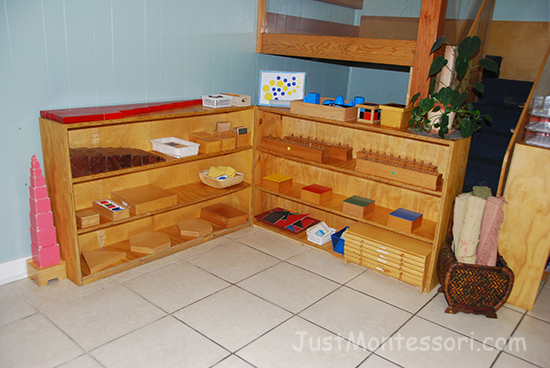Maria Montessori believed that nothing comes into the mind except through the senses. Children use their senses to put the environment around them in order. The child is attracted more by stimuli than reason and therefore should be exposed more to that stimuli that will develop his senses rationally, laying the foundation for his mental capacity. The training of the senses is vital during the formative period of life, those between three and six years old.
The purpose of the sensorial activities is to help the child in his efforts to sort out the many varied impressions given by the senses. The materials are specifically designed to help the child develop such things as discrimination, order, and the refining of the senses. These activities are categorized into eight different groups:
- Visual
- Tactile
- Baric
- Thermic
- Auditory
- Olfactory
- Gustatory
- Stereognostic


